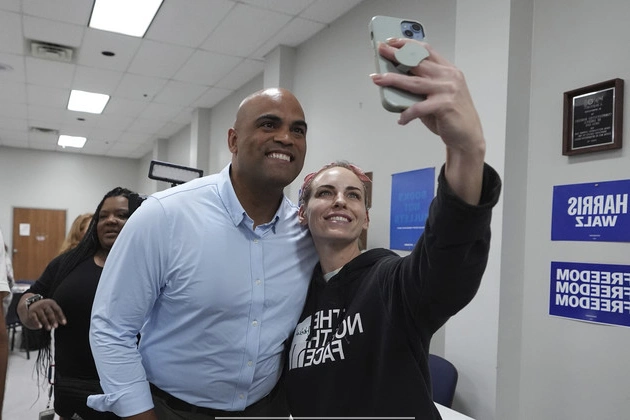
The New York Times Editorial Error Lawsuit: An Overview
A recent legal battle between former Alaska Gov. Sarah Palin and The New York Times has garnered significant attention due to an editorial error that allegedly damaged Palin’s reputation.
The jury’s verdict, concluding that The New York Times did not libel Palin, has sparked debates about journalistic responsibility, defamation, and the impact of media inaccuracies.
Palin’s Allegations and Testimony
Palin testified about the increased death threats and emotional distress she experienced following the publication of the erroneous editorial. Her legal team argued for compensatory damages, emphasizing the need for accountability and closure.
Despite Palin’s journalism background and the correction issued by The New York Times shortly after the article’s publication, the lawsuit persisted, highlighting the complexities of defamation and public figure status.
Legal Arguments and Verdict
The legal proceedings involved arguments from both sides, with Palin’s attorneys alleging reckless disregard for the truth on the part of The New York Times. However, the jury’s decision favored the newspaper, emphasizing the lack of evidence supporting intentional malice.
While the case sheds light on the challenges of correcting journalistic errors and the standards for defamation in media law, it also underscores the importance of factual accuracy and responsible reporting.
Implications and Reflections
The aftermath of the lawsuit prompts reflections on the role of the media, the impact of editorial mistakes on public figures, and the nuances of legal recourse for reputational harm. It serves as a cautionary tale for news organizations and individuals alike.
As the legal process unfolds and public discourse continues, the Palin v. The New York Times case stands as a significant chapter in the ongoing dialogue about press ethics, accountability, and the intersection of media and public figures.











